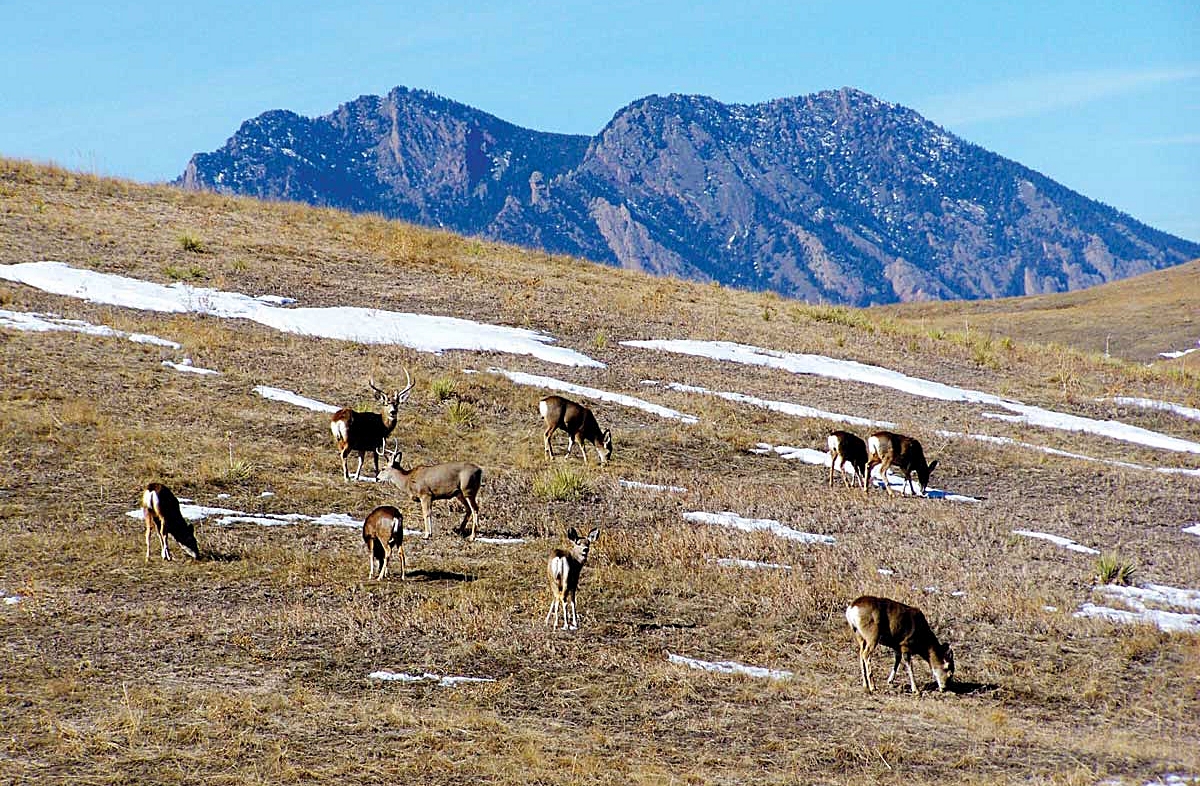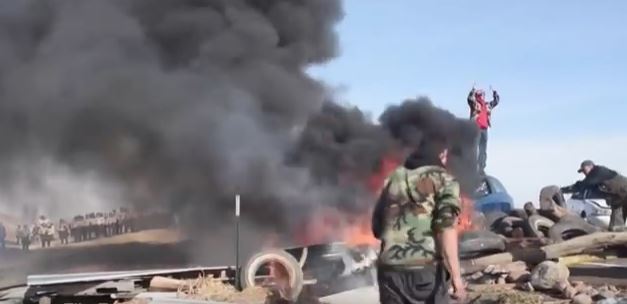At the very least the lawsuit, if successful, would push back public access for months and possibly years beyond the planned opening in the summer of 2018. And it would also delay or torpedo plans for the Rocky Mountain Greenway Trail stretching from the Rocky Mountain Arsenal to Rocky Flats — and someday beyond to Rocky Mountain National Park.
It would also amount to a triumph of fear-mongering obstructionism.
Vincent Carroll
Activists ignore the science that says Rocky Flats National Wildlife Refuge is safe
A U.S. male’s lifetime risk of getting cancer is 41 percent, and his risk of dying from it is 22 percent, according to the American Cancer Society.
The corresponding figures for a female are 38 percent and 19 percent.
Keep those figures in mind as we discuss the attempt by a coalition of activist groups to sabotage the development of a visitor center and trails on the Rocky Flats National Wildlife Refuge northwest of Denver. The groups have filed a lawsuit claiming government officials understate the risk of plutonium contamination and that additional environmental analysis by the U.S. Fish and Wildlife Service is required by federal law.
The critics believe the refuge, established in 2007 on the buffer zone of the former Rocky Flats nuclear weapons facility, should be shuttered to the public for all time.
“It is going to remain harmful from the human standpoint essentially forever,” Leroy Moore of Boulder’s Rocky Mountain Peace & Justice Center told reporters.
At the very least the lawsuit, if successful, would push back public access for months and possibly years beyond the planned opening in the summer of 2018. And it would also delay or torpedo plans for the Rocky Mountain Greenway Trail stretching from the Rocky Mountain Arsenal to Rocky Flats — and someday beyond to Rocky Mountain National Park.
It would also amount to a triumph of fear-mongering obstructionism.
Naturally, Fish and Wildlife should abide by every requirement of law. If it hasn’t, a court should order it to do so. But the anti-refuge groups won’t be satisfied with any assessment so long as it results in a green light for public access. They have stoked exaggerated fears of Rocky Flats for too long and the habit is apparently incurable — nearly three decades since the cessation of weapons production and 12 years after the end of a multibillion-dollar cleanup.
The rest of us can only marvel at their dismissal of the science that has been conducted at the site and the consensus among relevant government agencies — the U.S. Environmental Protection Agency, Department of Energy, and Colorado Department of Public Health and Environment (CDPHE) — that the refuge is safe for visitors and wildlife employees. The conclusion is based upon a staggering number of samples involving air, water and soil collected over decades at thousands of locations — literally “millions of data points,” the CDPHE’s Carl Spreng told me.
A more detailed explanation for the conclusion can be found on the department’s website and is worth reading. Consider this passage: “The average concentration of plutonium in the surface soil of the refuge portion of the site is 1.1 picocuries (trillionths of a curie) per gram (pCi/g). That concentration equates to an excess cancer risk below one in a million for a refuge visitor or worker, or even a resident. Measured on a basis of radiological dose, the estimated exposure to plutonium in surface soil in the area of windblown contamination by a refuge visitor is 0.3 millirem for an adult and 0.2 millirem for a child. These levels of radiological dose are far below the 25 millirem per year dose criterion specified in the Colorado Standards for Protection Against Radiation.”
Recall that your lifetime risk of getting cancer is roughly 40 percent. It will still be 40 percent after visiting Rocky Flats given the minuscule addition of a one in a million — which translates to 0.0001 percent — lifetime risk.
Even the cancer risk from the single highest plutonium reading taken from refuge soil amounts to just two in a million. Coincidentally, that is also the background cancer risk posed by naturally occurring metals at the refuge because Colorado’s bedrock geology contains higher than normal amounts of uranium.
A little perspective is also in order for the estimated 0.3 millirem dose. As the EPA’s website notes in its discussion of radiation, “All of us are exposed to radiation every day, from natural sources such as minerals in the ground, and man-made sources such as medical x-rays. According to the National Council on Radiation Protection and Measurements, the average annual radiation dose per person in the U.S. is 620 millirem.”
That figure is higher in Colorado because of our geology and elevation (less filtering of cosmic rays). “Annual dose estimates vary,” Streng says, “but the additional dose from living in Colorado is about 100 to 400” millirem.
By the way, a single full-body CT scan delivers 1,000 millirem. Even radiation from the food we eat averages 40 millirem a year.
The lawsuit attempting to stop refuge plans claims plutonium may have migrated from the non-refuge area still under Energy Department control since soil sampling was suspended a decade ago. However, Fish and Wildlife has agreed to additional soil sampling at the request of local governments that are helping to fund the Greenway project.
The plaintiffs also cite as troubling findings by a state survey of cancer rates in surrounding communities, as well as a Metropolitan State University survey in 2016 regarding the incidence of certain rare cancers.
The state’s own interpretation of its review of cancer rates is far from alarming. Overall cancer rates from 1990 to 2014 in communities near Rocky Flats were no different “than would be expected based on rates in the remainder of the Metro Denver area” — a conclusion similar to the finding of a previous study covering 1980 to 1989. And while certain cancers were elevated in some locales — specifically lung, esophagus and colorectal — they also corresponded with higher rates of smoking.
Boulder had a higher rate of prostate cancer, a pattern common in higher-income communities because of the prevalence of screening.
Meanwhile, state experts would like to take a closer look at the Metro State study. “We are very interested in the findings of the Metro State study and have requested the detailed results multiple times from the investigators,” Mike Van Dyke, the state’s chief of environmental epidemiology, told me. “From our knowledge of the study, there appear to be serious methodological issues that limit the interpretation of the findings.”
Radiation is obviously something to take seriously. The EPA estimates, for example, that radon “is the second leading cause of lung cancer … responsible for about 21,000 lung cancer deaths every year.”
But we also need to keep our heads. According to the Nuclear Regulatory Agency, “The reduction in life expectancy from a dose of 1 [millirem] is about 1.2 minutes. This is equivalent to the reduction in life expectancy from crossing the street three times, taking three puffs on a cigarette, or consuming 10 extra calories (for a person who is overweight).”
And while that may be another reason to stop smoking and gaining weight, surely it is no reason to stop crossing the street.
Or visiting a wonderful wildlife refuge in metro Denver.
Free Range Report
[wp_ad_camp_3]



